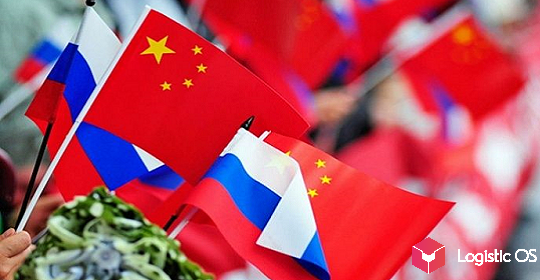According to the latest data, after the previous decline, the wheat market has begun to recover in recent days.
Currently, export prices for Russian wheat are at about $250 per ton.
Compared to the previous week, prices have hardly changed, experts say. It is noteworthy that most competitors from among foreign suppliers currently have lower prices for their products.
For example, Romanian and Australian wheat are currently trading at about $248 per ton, French — $244 per ton, American — $231 per ton.
Among other things, this creates the risk that Russian wheat may lose its competitiveness, since it is now more expensive than alternative options.
The market recovery may have several reasons.
One of them is a potential reduction in the harvest in the US and Europe, which may occur due to the predicted rains that may occur there in the near future.
The second reason can be called the recent frosts in some regions of Turkey, where a significant amount of wheat is produced.
It is noted that during the frosts the temperature dropped to -13 degrees Celsius, which can have a very negative impact on the wheat yield, analysts believe.
At the same time, there are also risks in Russia. They are carried by the heat, which is currently established in a significant part of the country.
It is possible that excessively high temperatures against the background of a lack of sufficient soil moisture due to a low-snow winter can lead to undesirable consequences, including the loss of part of the crop.
This applies to regions such as the South, Center and the Volga region.
Experts note that the increase in wheat prices is positive for agricultural producers, but it is unlikely that the above reasons will be able to cause a significant increase in prices.
At the same time, the sharp strengthening of the ruble against the dollar that we have seen in recent weeks is an extremely strong negative, since the Russian market is focused on external supplies, and the expensive Russian currency means that exporters receive much fewer rubles for each dollar earned.
As a result, wheat exports are in a sharply negative zone in terms of profitability, which may ultimately lead to a decrease in the motivation of farmers: they simply do not make sense to produce a large amount of crops if there is no opportunity to sell them profitably and make a profit.

